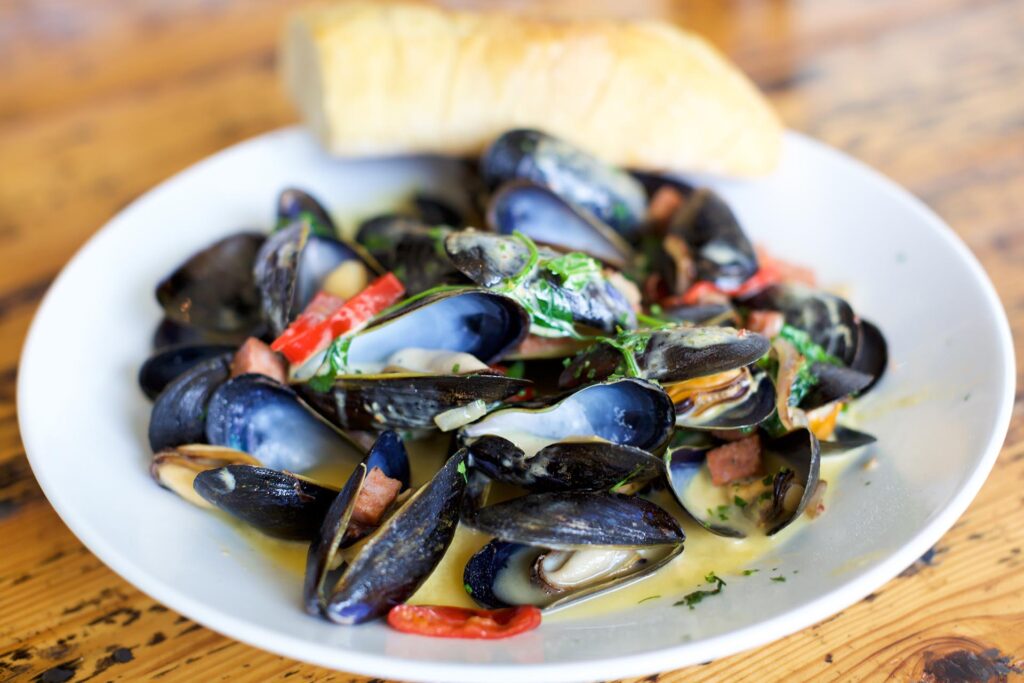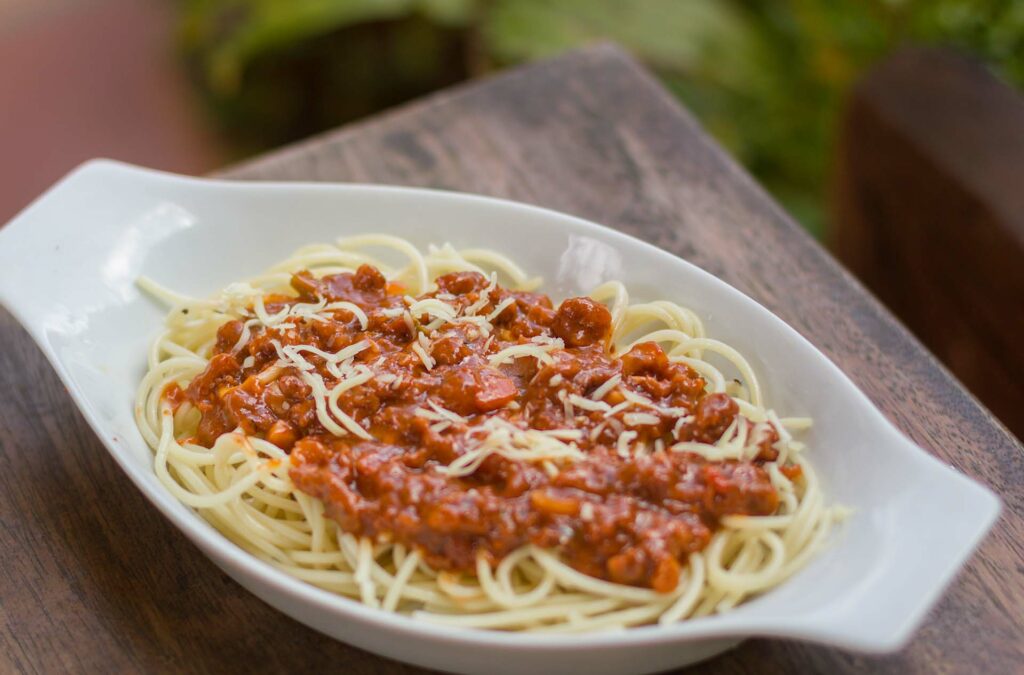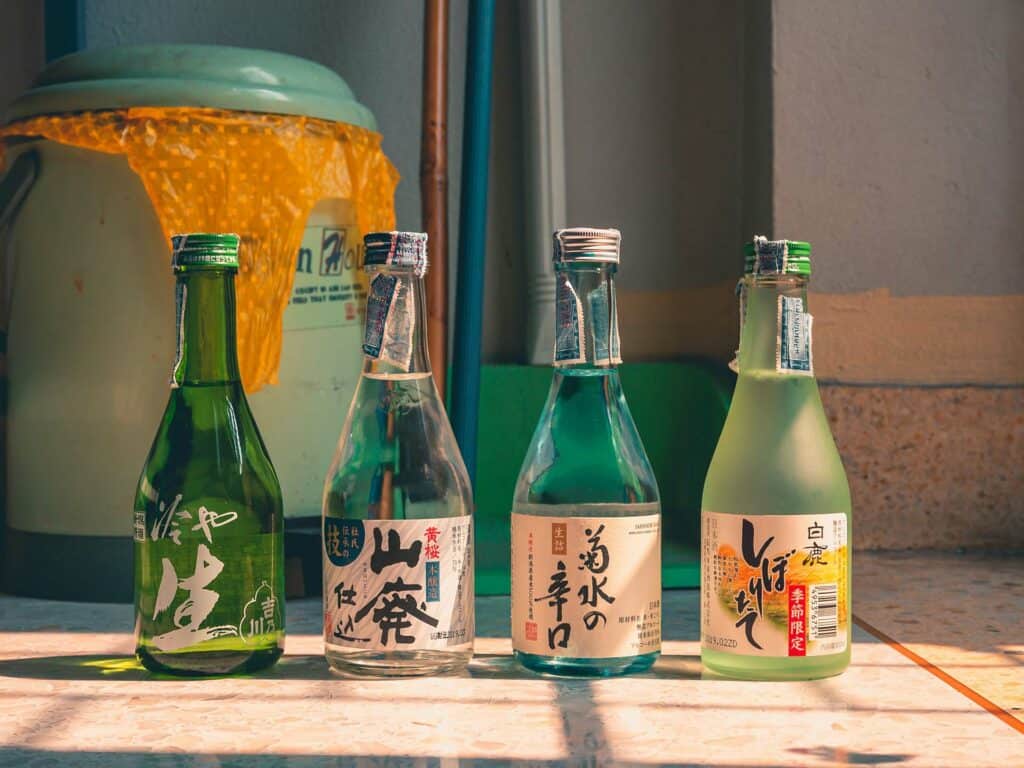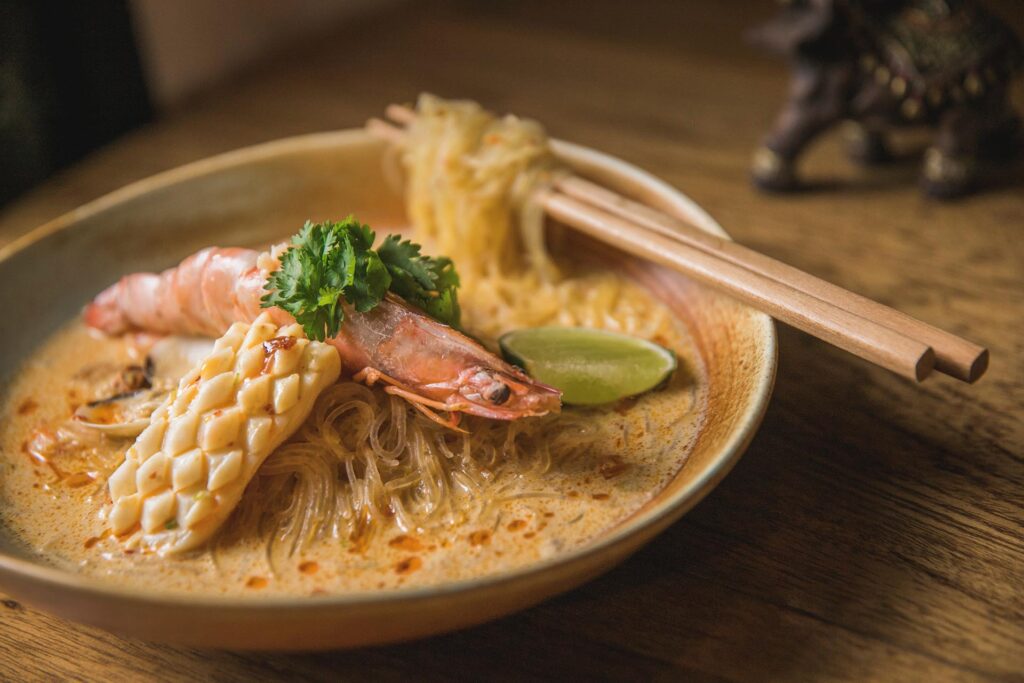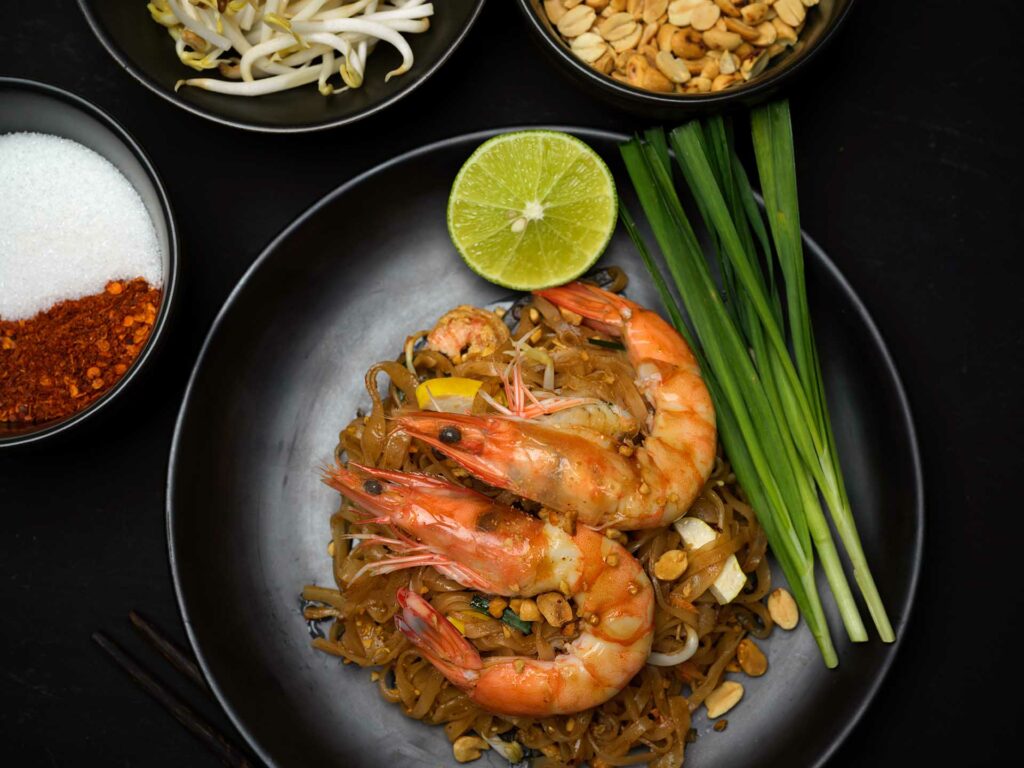The hustle and bustle of modern life often leaves us drained, seeking an extra boost to conquer the day’s tasks. Enter energy drinks, providing a quick pick-me-up to energize and revitalize. Their popularity has grown exponentially, but have you ever wondered where it all began? Cue Krating Daeng, the original Thai Red Bull, a victory of vision over adversity, and a taste sensation that has taken the world by storm.
Who knew a bit of caffeine, sugar, and a dash of B-vitamins could create such a revolution?
The Original Red Bull in Thailand
In the 1970s, Krating Daeng (กระทิ่ง แดง) was created in Thailand by Chaleo Yoovidhya. It was initially sold as a tonic to help people feel more energised and alert.
Krating Daeng quickly became popular among factory workers and truck drivers who needed to stay awake for long hours. It soon gained a reputation as a “miracle” drink that could help anyone who drank it feel more energetic.
In 1984, Red Bull GmbH was founded in Austria by Dietrich Mateschitz. Mateschitz learned about Krating Daeng while on a business trip to Thailand and saw the potential for a similar product in the Western market.
Red Bull GmbH licensed the formula for Krating Daeng and started selling Red Bull Energy Drink in Austria in 1987. The drink quickly became popular in Europe and was soon available in over 30 countries.
Today, Red Bull is one of the most popular energy drinks in the world. Thanks to its originator, Chaleo Yoovidhya, Red Bull has become an iconic brand that is enjoyed by millions of people every day.
- The Name: The brand ‘Krating Daeng,’ translates to ‘Red Bull’ in English, the symbolic representation of power and resilience.
- The Formula: A concoction of water, cane sugar, caffeine, taurine, inositol, and B-vitamins, Krating Daeng was a boon for those requiring an affordable and portable energy boost.
- The Target: Initially targeting truck drivers, laborers, and construction workers, it aimed to provide an antidote to weariness and fatigue.
Red Bull in Thailand Today
Krating Daeng is still sold in small glass bottles at 7-11 in Thailand and also in other countries in Southeast Asia. They resemble medicine from a distance and if you think about it, it is medicine! The components include caffeine, taurine, vitamins, sucrose, and glucose, which are all excellent energy boosters. Great for doing hard labor like it was originally intended for or staying awake on a late-night bender at one of the many nightclubs in Thailand.
Whether you’re heading out for the night or trying to cure a hangover, these drinks will give you the buzz (or relief) you need!
Krating Daeng is stronger than the American and European versions, so you get more benefits for your money. Not that you need money of course, because a bottle will only set you back 10 baht (about 30 cents), and if you buy several at once it’s even cheaper. It works great as a mix for just about any hard liquor, but we prefer it with vodka or Sangsom.
Why Thais Love Red Bull
Thai people have a deep-rooted love for Red Bull and other energy drinks for several reasons.
Thai culture is known for its fast-paced lifestyle, with bustling cities and a thriving nightlife. In Bangkok, energy drinks provide a quick and convenient way to boost energy levels and stay alert. These beverages are often consumed before or during long working hours, student study sessions, or late-night festivities.
From construction workers to office employees, it is not unusual to see people enjoying these drinks throughout the day. The love for Red Bull and other energy drinks in Thailand is a result of the combination of their energizing effects, compatibility with local cuisine, and the cultural significance they hold in Thai society.
The Legacy of Krating Daeng and Red Bull
The impact of Krating Daeng and its global counterpart, Red Bull, reflects a tale of cultural exchange, entrepreneurial spirit, and innovative marketing.
- The Sponsorships: Red Bull’s marketing genius lies in its association with high-octane sports and events such as Formula 1 racing, extreme sports, and music festivals.
- The Wing’s Team: The iconic ‘Wings Team,’ youthful ambassadors driving Mini Coopers, handing out free cans, has become a symbol of the brand’s energetic and youthful image.
- The Controversies: Despite its success, Red Bull has faced criticism and legal battles over health concerns, primarily linked to its high caffeine content. However, it has managed to weather the storm and continues to hold a strong market position.
FAQs
- What does Krating Daeng mean? Krating Daeng directly translates to ‘Red Bull’ in English, a symbol of power and durability.
- Who created Krating Daeng? Chaleo Yoovidhya, a Thai businessman, created Krating Daeng in 1976.
- How did Red Bull come into being? Dietrich Mateschitz, an Austrian businessman, partnered with Chaleo Yoovidhya to create and market the Red Bull brand internationally after discovering Krating Daeng during a business trip to Thailand.
- How are Krating Daeng and Red Bull different? Krating Daeng is a non-carbonated sweet beverage, while Red Bull is a carbonated and less sweet version to cater to the Western market.
Final Thoughts
Krating Daeng, the original Thai Red Bull, is more than just an energy drink. It symbolizes a connective thread between cultures, a marketing masterstroke, and a testament to the power of innovative thinking. From the streets of Thailand to the global stage, Krating Daeng’s journey continues to inspire, reminding us that with passion and vision, even the sky is not the limit. So here’s to Krating Daeng, the little energy drink that could and did change the world – one can at a time!

